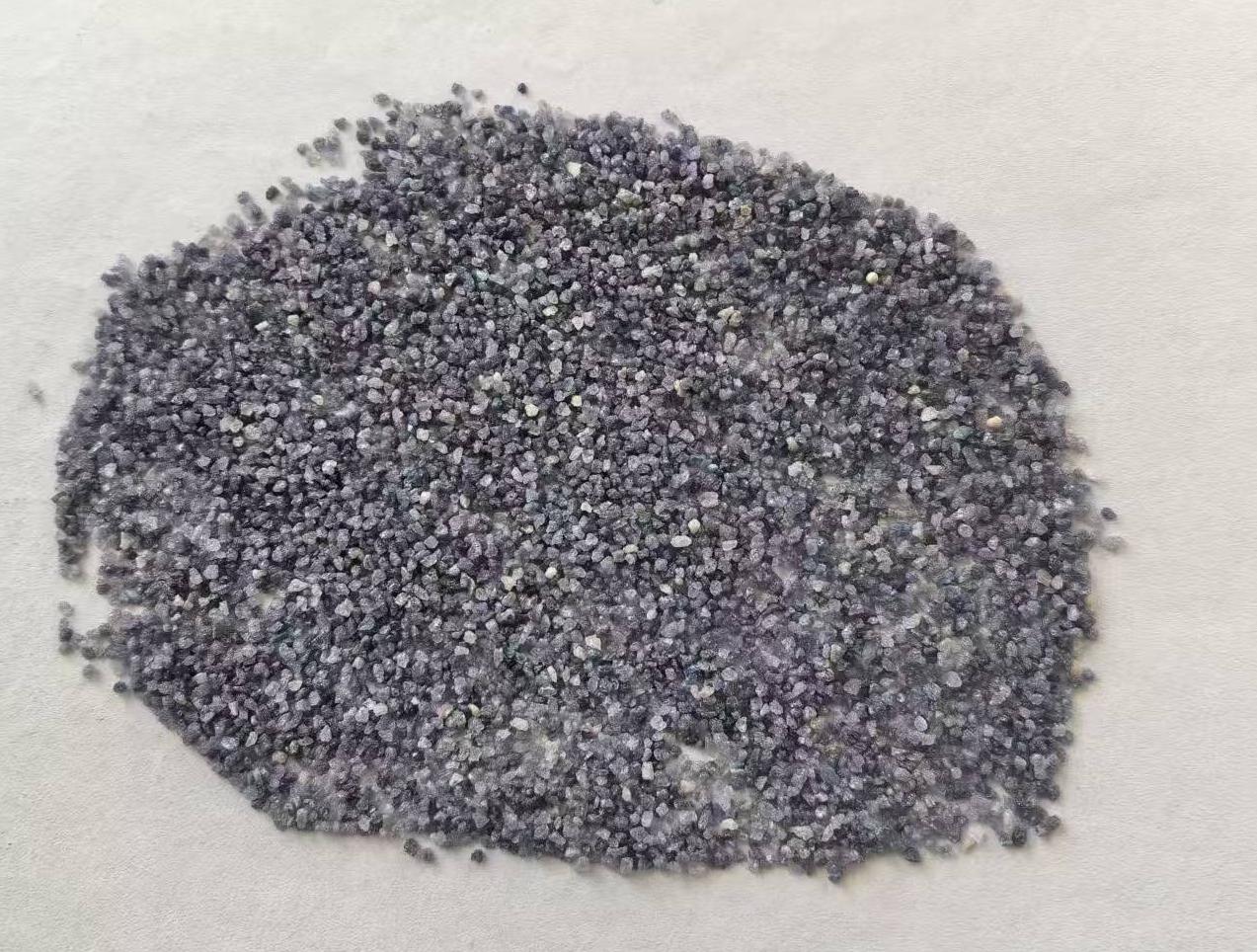Why ZSI ?
High and increasing amount of secoundary and/or alternative fuel!
─ High and increasing amount of secoundary and/or alternative fuel creates high chemical load (e.g. chlorids, alkalis). It needs refractory which is Resistance against various chemical attacks
─ High and increasing amount of secoundary and/or alternative fuel creates H2O containing atmospheres. Chemical reaction between H2O and SiC create passive increasing volume.
Passive oxidation of SIC
SiC (s) + 2 H2O (g) -> SiO2 (s) + CH4 (g) [passive], increasing of volume
It needs refractory which is Lower SIC contents, SIC protection“
─ High and increasing amount of secoundary and/or alternative fuel creates more unwanted deposits and build up. Use of various cleaning methods (e.g.: water- and air-canons, Cardox).
It needs refractory which are Mechanical resistance, Abrasion resistance & Thermomechanical resistance
Necessity of a chemical, mechanical and thermomechnical resistant material
Extreme good resistance against alkali attack, also in H2O containing atmosphere
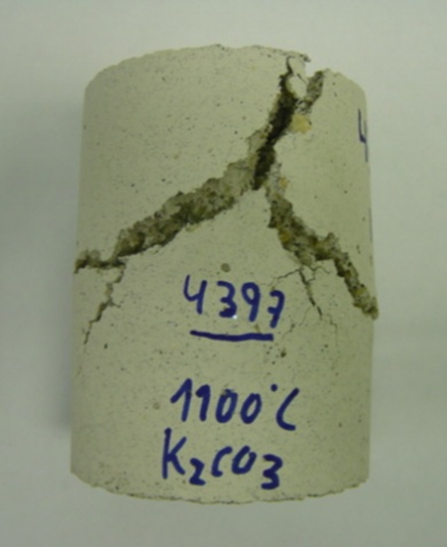
Standard LC Castable
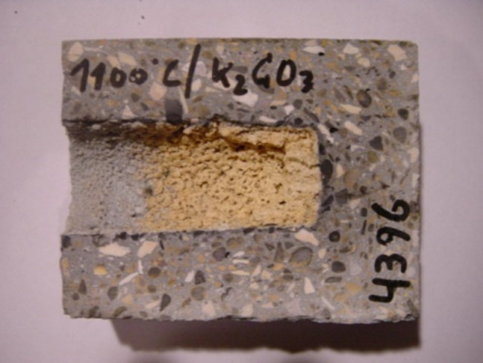
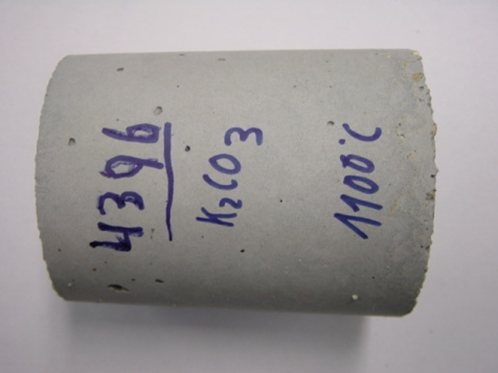
ZSI Product - Series
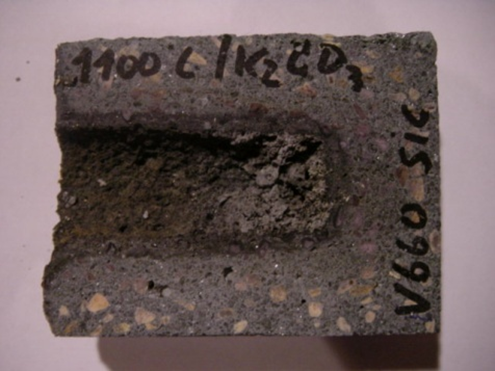
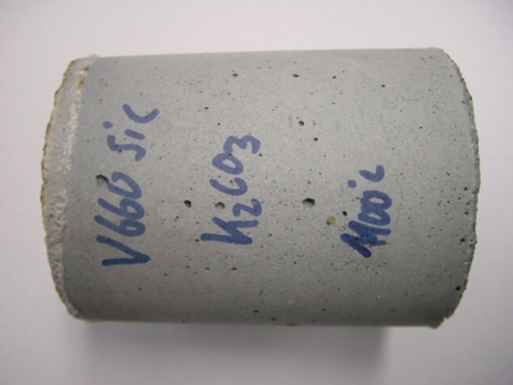
SiC Product
ZSI Product
|
Al2O3 (%) |
SiO2 (%) |
(%) |
AT (°C) |
CCS 1450 °C (MPa) |
(t/m3) | |
| Supergun 63 ZSI | 63 | 10 | 11 (ZrO2), 7 (SiC) | 1450 | 100 | 2,7 |
| Refcast V663 ZSI | 63 | 12 | 12 (ZrO2), 7 (SiC) | 1500 | 150 | 3,0 |
| TSR | Alkali resistance |
Abrasion resistance (ASTM) |
|
| Supergun 63 ZSI | ++++ | ++++ | < 10 cm³ |
| Refcast V663 ZSI | ++++ | ++++ | < 4 cm³ |
➔ Now Also available as fast heat up / Sol-Gel Version
